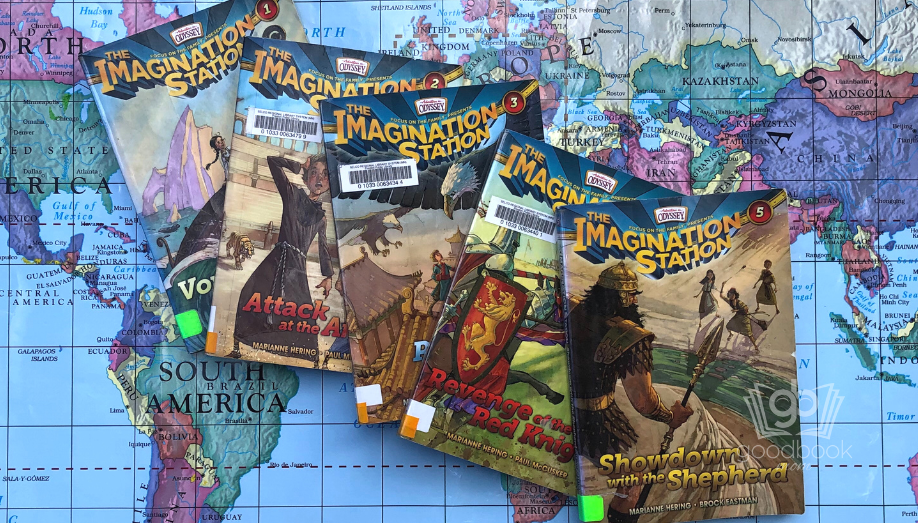
Summary
The Imagination Station books are a series put out by Adventures in Odyssey, which is an audio drama put on by Focus on the Family. Some of the same characters from Adventures in Odyssey make appearances in the book, including Mr. Whittaker, the inventor and generally wise community leader and owner of Whit’s End. These books are written as beginner chapter books by various authors.
The Imagination Station is a series that revolves around Mr. Whittaker’s invention of the time-traveling machine called the Imagination Station. This machine takes cousins Beth and Patrick back to various time periods where they meet famous historical characters and learn about the different cultures. They also help with a more broad, overarching mystery in the general plotline: Mr. Whittaker is helping a relative from the past named Albert retrieve valuable items. Mr. Whittaker learns about these items through notes that mysteriously appear in the Imagination Station. The cousins face many perilous and life-threatening (historically accurate) situations and do occasionally include semi-graphic violent scenes (blood, fighting).
While each book can be read alone, they also are also interconnected, which helps compel the reader to dig into the next book in the series. Some of the adventures include meeting Erik the Red and his son Leif, who is portrayed in the book as a Christian, going to ancient Rome to retrieve a monk’s chalice, and venturing to China in the 1200s in the time of Kublai Khan.
There are currently 27 books in this series. This review is based on five of those books (1, 2, 3, 4, & 22).
Reading Level: 7-10 years old
Read Aloud Age: 5+
Mom Thoughts
These books are very similar to Magic Tree House books, but have Christian themes added in. The plots are very simplified for early readers, but leave a few holes that frustrate more mature readers. For example: how do the cousins communicate with all the various characters they meet in different countries with different languages? There are many situations that happen throughout the books that could lead to valuable discussions with your children, especially concerning people who have differing beliefs, and how they might react if they were in slavery, falsely accused, thrown in prison, or persecuted because of their faith.
Book #1: Viking gods are mentioned, and there is a brief mention of the Vikings throwing beer on a fire and sacrificing to false Norse gods. Since these things are historically accurate and addressed at a very high level with few details, it is my opinion that they are handled well and can be a helpful exposure to the beliefs of ancient cultures (outside of the Bible of course… you will find much more detailed descriptions of worshipping of false gods there!). In this book, the cousins also defend their faith, telling Erik the Red that there is only one God, the Christian God.. Patrick also kindly offers Erik his tunic even though he had not been treated kindly and even threatened to kill Patrick. He answers, “because the God of the cross wants me to do it… I’m supposed to be kind to my enemies.”
Book #2: Slavery in ancient Rome is discussed. Mr. Whittaker mentions that a chalice is being used in “a holy ceremony called ‘The Lord’s Supper’ or ‘Communion’.” This may raise some discussion on what communion actually is/does since most people don’t use chalices in communion anymore. The children face peril with an angry tiger in the arena. There are guards that crack whips at the slaves and at the animals in the arena. Women and children are led around in chains as prisoners and a guard says that he will enjoy watching their enemies suffer and die. A prisoner says that they are in the arena to “die for the glory of Rome.” Another situation arises that may spark some good conversation with more attentive readers. The monk says that God told him in his morning prayers to go to the arena to find Beth. When Patrick questions how the monk knows that God told him to do this, the monk answers, “There is no ‘what if’ with God. When he speaks we’re to listen and obey.” While this may raise some questions about how God speaks to us today, the message is one we can find in Scripture: listen to God and obey what He says. The climax of the book is a fight to the death in the arena where Beth ultimately has to confront the Emperor for his practices in light of his claims to be a Christian. She says, “how can a Christian emperor laugh when men die… or use a holy chalice to salute to death [at the arena]?” In the end, I think this book helps raise some interesting questions concerning Christian ethics as well as how to confront someone who claims Christ but is acting in a way inconsistent with God’s Word.
Book #3: There is some thematic peril, beginning with the cousins being kidnapped by Mongol warriors. Because of the “magical” way they appear out of thin air (because of the Imagination Station/time travel), the cousins are accused of being evil. Patrick is able to give a short but clear gospel presentation to Kublai Khan which I really appreciated. At one point there is some back and forth between the court magicians and the cousins. Beth proves that the magicians are not really magic, but are just using magnetism, but when the cousins demonstrate a wind-up chicken (from the future) they are accused of being shamans. At one point Patrick is accused of being “a devil boy… he brings this evil.” There is a little bit of blood mentioned. Lastly, the cousins are snatched by giant birds called Rocs who are trying to feed the children to their babies.
Book #4: This opens with a scene of a knight covered in blood, and fainting in front of Patrick and Beth. Beth puts a knife in her pocket to use in case she needs to defend herself. When Hugh steals some of the treasures, Beth is able to steal them back which may bother some more sensitive consciences. At one point, James uses his knife to defend Beth because guards are coming after them wielding spears. Sir Andrew fights in a jousting match against Hugh even though he is injured. He says, “God will see that justice is done.” But the Red Knight defies the jousting code of peace and doesn’t accept the outcome. Instead, he tries to fight, trample, and ultimately kill Sir Andrew. Fighting and death are mentioned often in the context of battling knights in this book.
Book #22: Slavery is addressed as a major theme. There is a slave catcher (Jones), who carries a gun and a whip, on the lookout for an escaped slave named Sally. The word “negro” is used in reference to black people. At one point there is a discussion about slaves being property. The slave catcher threatens to sell Beth into slavery. There is a brief mention about there being a smoking car on the train, and there are men smoking cigars. There is some thematic violence where the slave catcher fires his gun, and then a fight over the revolver ensues.
This review is written by Brittany Cady. To read more about Brittany, click HERE.
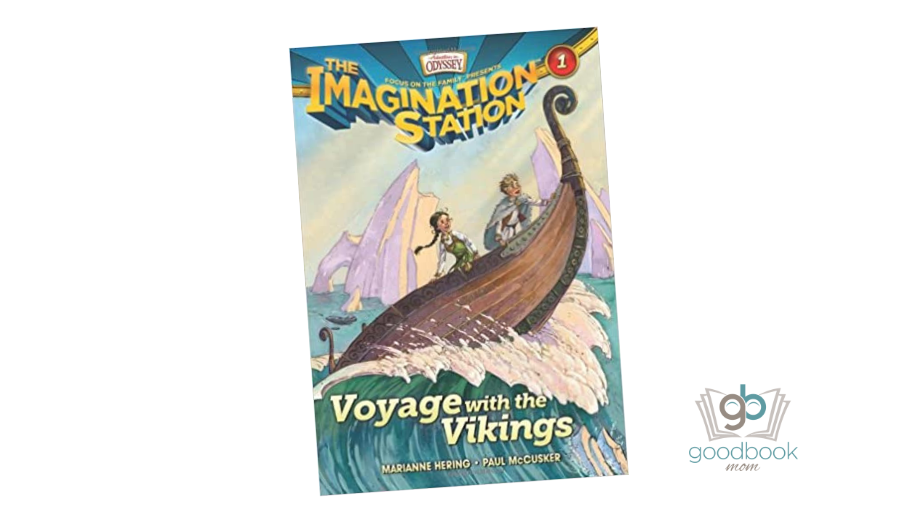
Voyage with the Vikings (#1)
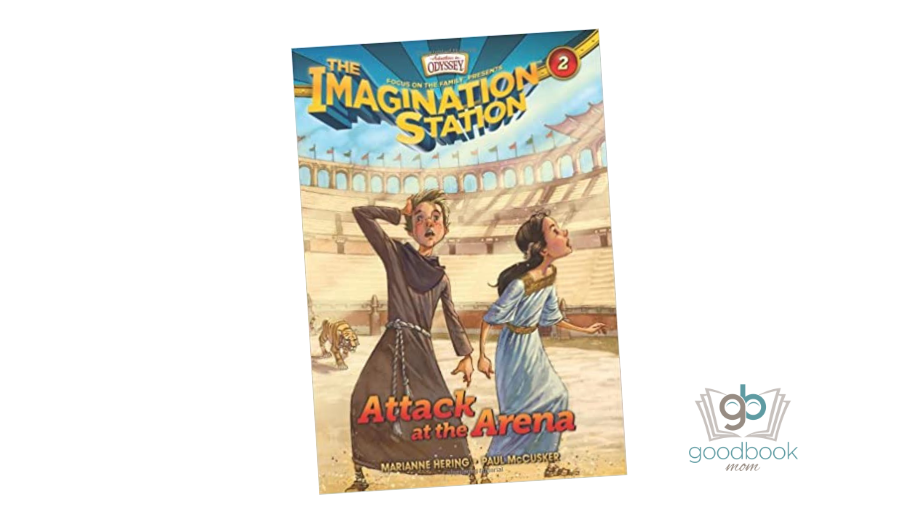
Attack at the Arena (#2)
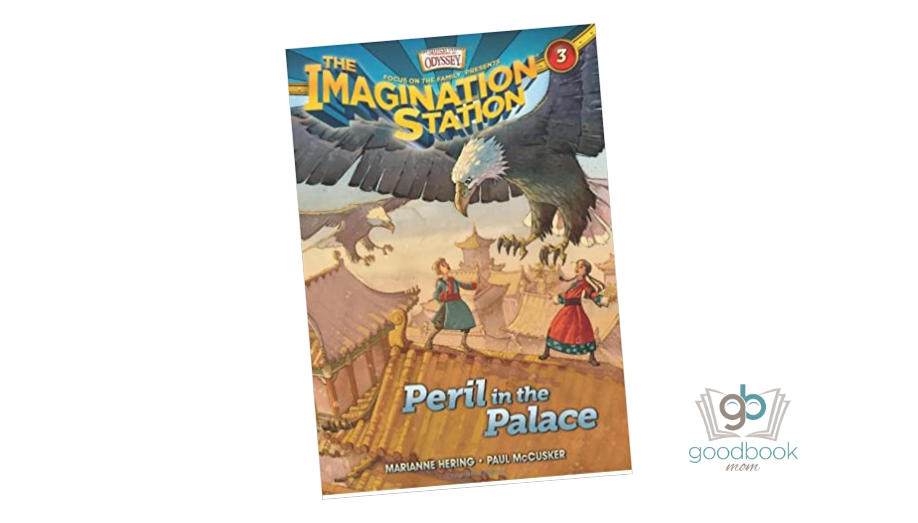
Peril in the Palace (#3)
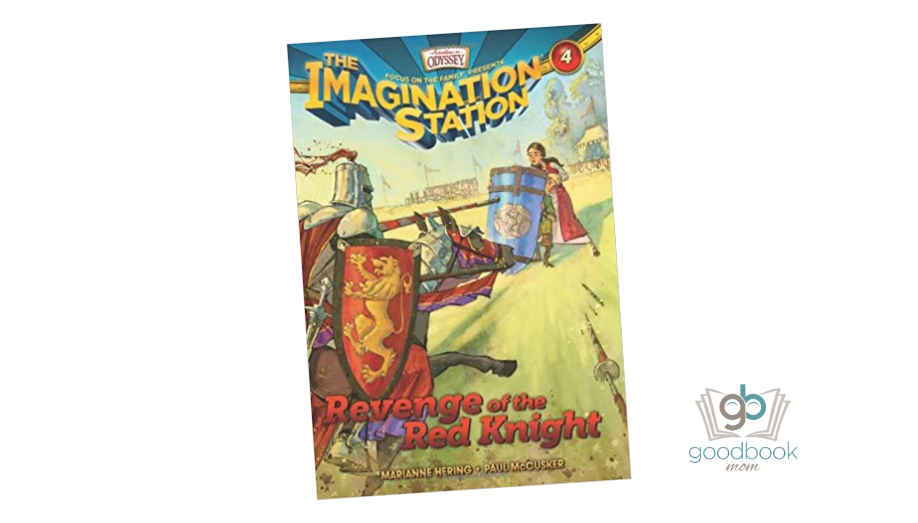
Revenge of the Red Knight (#4)
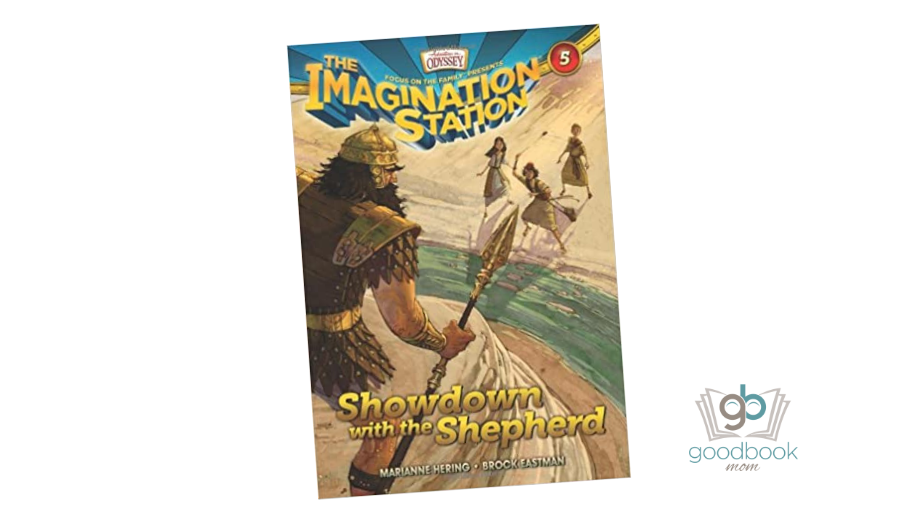
Showdown with the Shepherd (#5)

Problems in Plymouth (#6)

Box Sets


